- Understanding Oidium and Its Impact on Grapes
- Causes of Oidium
- Damage to Grapevines
- Preventing and Managing Oidium
- Importance of Grape Protection
- The Challenges of Oidium Control
- 1. Fungicide Resistance
- 2. Environmental Conditions
- 3. Timing of Treatments
- 4. Grape Variety Sensitivity
- 5. Integrated Pest Management
- 6. Disease Monitoring
- Conclusion
- The Need for Urgent Treatment
- One Treatment Solution for Comprehensive Results
- The Benefits of One Treatment:
- The Treatment Process:
- Conclusion:
- The Benefits of Effective Grape Protection
- Tips for Successful Grape Protection
- 1. Choose the Right Grape Varieties
- 2. Proper Pruning and Training Techniques
- 3. Monitor Weather Conditions
- 4. Apply Fungicides Preventatively
- 5. Use Disease-Resistant Rootstocks
- 6. Practice Good Sanitation
- 7. Regularly Scout for Disease Symptoms
- 8. Keep Records
- 9. Seek Professional Advice
- Question-answer:
- What is oidium and why is it a problem for grape growers?
- What are the common methods of protecting grapes against oidium?
- Why is it important to find an effective and urgent grape protection against oidium?
- What are the limitations of current grape protection methods?
- What is the one treatment for comprehensive results?
- What are the advantages of the one treatment for comprehensive results?
- How can grape growers access the one treatment for comprehensive results?
- Video: Protecting Figs from Birds, Ants and Intense Sun
Grapes are one of the most popular and widely consumed fruits around the world. However, they are often susceptible to various diseases and pests, such as Oidium. Oidium, also known as powdery mildew, is a common fungal disease that can severely affect grape production and quality.
It is essential for grape growers to take immediate action to protect their crops from Oidium. Time is of the essence, as Oidium can spread rapidly and cause significant damage if left unchecked. That’s why it is crucial to have an effective and urgent grape protection treatment in place.
Fortunately, there is a solution that offers comprehensive results – one treatment that tackles Oidium from multiple angles. This treatment combines powerful fungicides that not only eliminate existing Oidium infections but also prevent future outbreaks. The result is healthier grape vines, increased yield, and enhanced fruit quality.
With this innovative treatment, grape growers can save time and resources by reducing the number of applications needed to combat Oidium. This not only provides cost savings but also minimizes the impact on the environment. It’s a win-win situation for both grape growers and the planet.
“Effective and Urgent Grape Protection against Oidium – One Treatment for Comprehensive Results!”
If you’re a grape grower looking for an efficient and reliable solution to protect your crops against Oidium, this one treatment for comprehensive results is the answer. Don’t let Oidium ruin your grape harvest – take action now and safeguard your vines with this effective treatment.
Understanding Oidium and Its Impact on Grapes
Oidium, also known as powdery mildew, is a fungal disease that affects grapevines. It can cause significant damage to grape crops if left untreated. Understanding the impact of oidium on grapes is important for effective grape protection and ensuring the quality and quantity of the harvest.
Causes of Oidium
Oidium is caused by a group of fungi from the Erysiphales order. These fungi thrive in warm, humid conditions, making grapevines particularly susceptible to infection. Oidium spores are spread through the air, rain, or via contact with contaminated plant material. Once the spores land on grapevines, they germinate and develop into the characteristic white, powdery growth.
Damage to Grapevines
Oidium primarily affects the leaves, shoots, flowers, and berries of grapevines. The powdery growth on the affected plant parts can lead to reduced sunlight exposure, hindering photosynthesis and affecting the vine’s overall growth and productivity. Additionally, the fungus extracts nutrients from the host plant, further weakening it and potentially causing vine decline.
The fruit is particularly vulnerable to oidium infection, leading to direct economic losses for grape growers. Infected berries may develop a dull appearance and shrink in size. They can also split, allowing other pathogens to invade, leading to even more damage. Oidium-infected grapes are prone to premature ripening, affecting their quality and reducing their market value. In severe cases, entire grape clusters can be affected, leading to significant yield losses.
Preventing and Managing Oidium
Prevention and timely treatment are key to protecting grapes against oidium. Integrated pest management practices involve regular scouting of vineyards for early signs of oidium infection, such as the characteristic white powdery growth. Prompt action is necessary to prevent the spread of the disease.
Cultural practices, such as proper vine spacing, adequate sunlight exposure, and regular pruning to increase airflow, can help reduce the favorable conditions for oidium growth. Organic growers may also use sulfur-based fungicides as a preventive measure, as sulfur is effective against oidium.
Chemical control can be employed using fungicides specifically formulated for oidium. It is essential to follow the manufacturer’s instructions and apply treatments at the appropriate timings for maximum effectiveness. Rotating fungicides with different modes of action can help prevent the development of resistance in oidium populations.
Regular monitoring and preventive measures, combined with appropriate treatment, can effectively protect grapes against oidium and minimize its impact on crop quality and yield.
Importance of Grape Protection
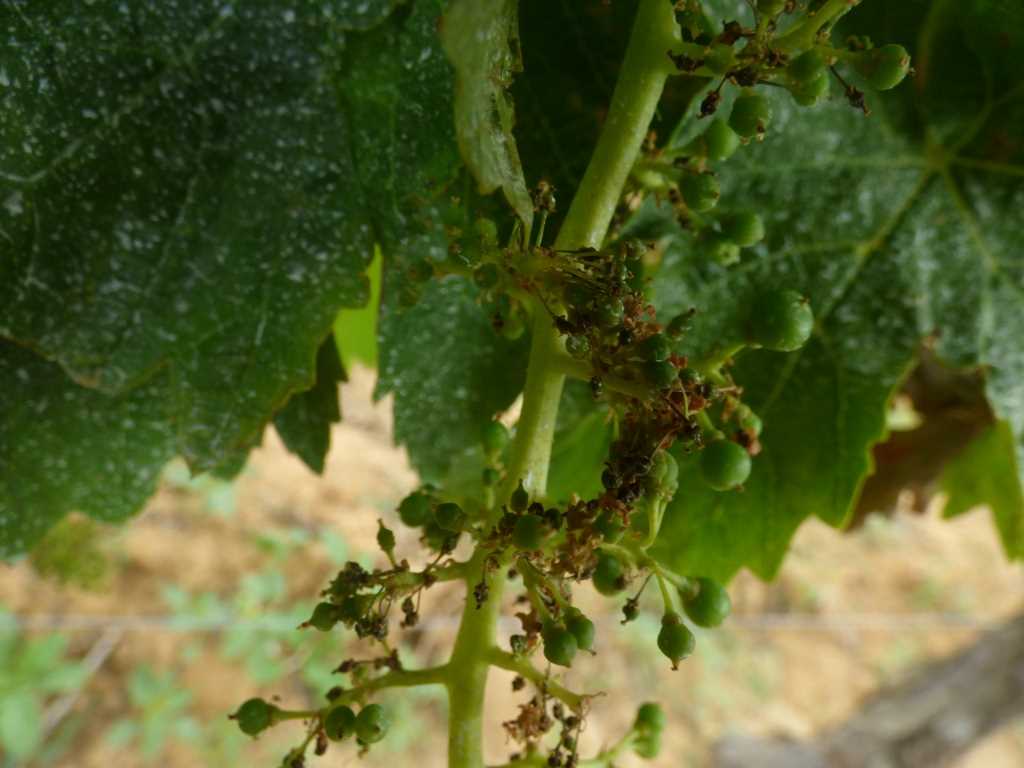
Grapes are one of the most important and widely consumed fruits worldwide. They are not only delicious but also have numerous health benefits. However, grape cultivation is constantly threatened by various pests and diseases, such as Oidium. Oidium, also known as powdery mildew, is a fungal disease that affects the leaves, stems, and fruits of grapevines.
The importance of grape protection against Oidium cannot be overstated. The damage caused by this disease can be devastating to grape growers, leading to significant economic losses. Oidium can reduce the yield and quality of grapes, making them unsuitable for consumption or winemaking. In severe cases, it can even cause complete crop failure.
Furthermore, Oidium affects not only the current season’s crop but also the long-term health and productivity of grapevines. Infected plants may experience stunted growth, weak leaf development, and reduced fruit production in subsequent years. This can have a significant impact on the sustainability and profitability of grape cultivation.
To ensure the health and productivity of grapevines, it is crucial to implement effective grape protection measures against Oidium. This involves a comprehensive approach that includes timely detection, prevention, and treatment of the disease.
- Detection: Regular monitoring and inspection of grapevines can help identify early signs of Oidium infection. This allows growers to take immediate action to prevent the spread of the disease.
- Prevention: Implementing preventive measures, such as proper pruning, spacing, and irrigation practices, can help create an environment that is less favorable for Oidium development.
- Treatment: When Oidium is detected, prompt treatment with effective fungicides is necessary to control the disease and protect the grape crop. It is important to choose fungicides that are specifically formulated for Oidium control and to follow the recommended application guidelines.
In conclusion, grape protection against Oidium is of utmost importance to ensure the success and sustainability of grape cultivation. By implementing a comprehensive approach that includes detection, prevention, and treatment, growers can effectively manage Oidium and protect their grape crops from this destructive disease.
The Challenges of Oidium Control
Oidium, also known as powdery mildew, is a common fungal disease that affects grapevines. It is one of the most challenging diseases to control in vineyards, causing significant economic losses and reducing grape quality. Effective control of oidium requires a comprehensive approach that considers various challenges posed by this disease.
1. Fungicide Resistance
Oidium has developed resistance to many commonly used fungicides, making control more difficult. This resistance is primarily due to the overuse or misuse of fungicides over time. As a result, grape growers need to be cautious in their choice of fungicides and rotate between different modes of action to prevent resistance development.
2. Environmental Conditions
Oidium thrives in warm and humid conditions, making the control of this disease particularly challenging in regions with favorable climate conditions. High humidity and moderate temperatures create a favorable environment for the spread and growth of the fungal spores. To manage oidium effectively, it is crucial to monitor weather conditions closely and apply preventative treatments when conditions are optimal for disease development.
3. Timing of Treatments
The timing of fungicide applications is critical for effective oidium control. Applying treatments too early may result in ineffective control, while applying them too late may allow the disease to establish and spread within the vineyard. Grape growers must carefully consider the life cycle of oidium and the specific developmental stages of the grapevines to determine the appropriate timing for treatments.
4. Grape Variety Sensitivity
Some grape varieties are more susceptible to oidium than others. The susceptibility of different grape varieties can vary significantly, with some being highly susceptible and others showing more resistance. It is essential for grape growers to select grape varieties that are less susceptible to oidium and implement appropriate control strategies for more susceptible varieties.
5. Integrated Pest Management
Adopting an integrated pest management (IPM) approach is crucial for effective oidium control. This approach involves combining multiple control measures, such as cultural practices, resistant grape varieties, biological controls, and targeted fungicide applications. Integrated pest management helps reduce reliance on fungicides and promotes sustainable grape production.
6. Disease Monitoring
Regular monitoring of vineyards for the presence and severity of oidium is essential for control. Disease monitoring allows grape growers to detect early signs of infection, assess disease severity, and make informed decisions regarding fungicide treatments. Monitoring can be done visually or by using sophisticated disease detection technologies.
Conclusion
Oidium control in grape production comes with various challenges, such as fungicide resistance, environmental conditions, timing of treatments, grape variety sensitivity, and the need for integrated pest management. Overcoming these challenges requires a comprehensive and proactive approach that combines various control strategies and regular disease monitoring. By effectively managing oidium, grape growers can protect their vineyards and ensure the production of high-quality grapes.
The Need for Urgent Treatment
Grape vineyards are susceptible to various diseases, and one of the most common and destructive ones is Oidium. Oidium, also known as powdery mildew, is a fungal disease that affects grapevines’ leaves, shoots, flowers, and fruit. It can cause significant damage to the crop and reduce its quality and yield.
One of the reasons why urgent treatment is essential to combat Oidium is its rapid spread. The disease can quickly infect an entire vineyard, especially under favorable weather conditions such as high humidity and moderate temperatures. Oidium spores can be carried by wind or easily transmitted between plants through direct contact. Once a vine is infected, the disease can spread rapidly to neighboring vines, making it crucial to take immediate action.
Furthermore, Oidium can significantly impact the quality and marketability of grape products. Infected grapevines may develop powdery white or grayish patches on their leaves, shoots, and fruit, affecting their appearance. These patches can become thick and blight the fruit, leading to decay and loss of market value. Additionally, the fungal growth can affect the grape’s taste and aroma, making the final product less desirable to consumers. Therefore, prompt treatment is necessary to prevent the disease from spreading and minimizing the negative impacts on the vineyard’s profitability.
Another reason for urgent treatment is the potential long-term damage caused by Oidium. If left untreated, the disease can weaken the grapevines and leave them susceptible to other diseases and pests. Weakened vines are also more vulnerable to environmental stressors such as extreme weather conditions. Oidium can weaken not only the current season’s growth but also the vine’s ability to produce healthy crops in subsequent years. By treating Oidium promptly, grape growers can protect the long-term health and productivity of their vineyards.
In conclusion, the need for urgent treatment against Oidium in grape vineyards is crucial due to the disease’s rapid spread, its impact on product quality, and the potential for long-term damage. Implementing effective treatment measures as soon as Oidium is detected can help prevent its spread, minimize economic losses, and ensure the vineyard’s continued productivity and profitability.
One Treatment Solution for Comprehensive Results
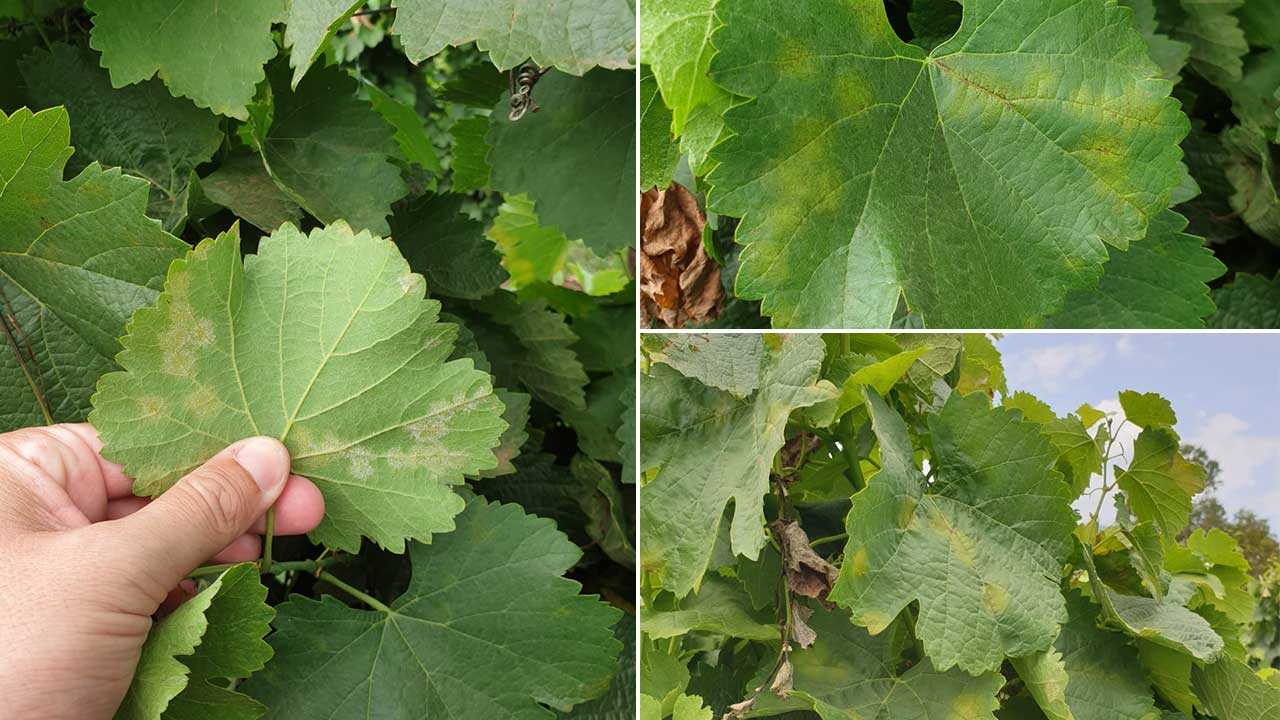
Grape growers understand the importance of protecting their crops from the devastating effects of Oidium. This fungal disease can significantly reduce grape yields and quality. To combat this problem, it is crucial to implement an effective and urgent treatment plan.
Fortunately, there is a solution that offers comprehensive results with just one treatment. This treatment plan involves using a specially formulated fungicide that targets Oidium and eliminates it at its source.
The Benefits of One Treatment:
- Time and cost-efficient: With just one treatment, grape growers can save valuable time and resources. This eliminates the need for multiple applications and reduces labor costs.
- Effective control: The specially formulated fungicide used in this treatment plan has been proven to effectively control Oidium. It targets the fungus directly, preventing its growth and spread.
- Long-lasting protection: The effects of this treatment can last for an extended period, providing ongoing protection against Oidium. This helps to ensure the health and productivity of grape crops.
The Treatment Process:
Step 1: Assessment and diagnosis – Grape growers need to assess the severity of the Oidium infestation and diagnose the specific strain of the fungus affecting their crops.
Step 2: Application of the fungicide – Once the diagnosis is complete, the specially formulated fungicide should be applied to the affected grape plants. This should be done thoroughly, covering both the upper and lower surfaces of the leaves.
Step 3: Monitoring and follow-up – After the treatment, it is critical to monitor the grape plants closely for any signs of Oidium recurrence. If necessary, additional treatments may be required to maintain comprehensive protection.
Conclusion:
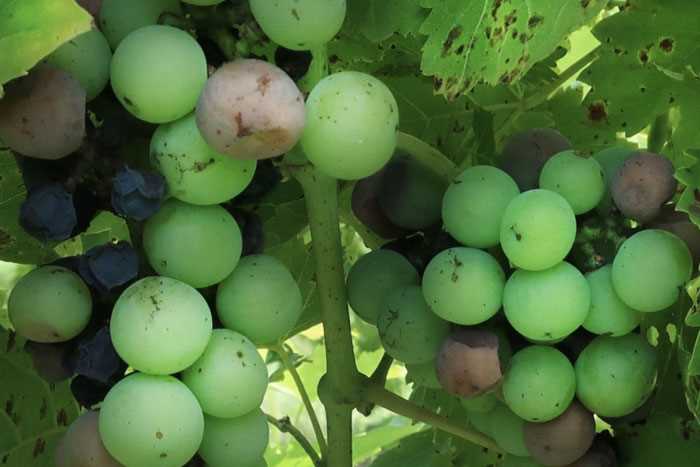
By implementing this one treatment solution, grape growers can effectively and urgently protect their crops against Oidium. The comprehensive results obtained from this treatment plan ensure the health and productivity of grape crops, leading to a successful harvest.
The Benefits of Effective Grape Protection
Grapes are a popular fruit used for making wine, juice, and various other products. Therefore, it is crucial to protect grape crops from pests and diseases to ensure a healthy and productive harvest. Effective grape protection offers several benefits, including:
- Prevention of crop damage: By implementing effective grape protection measures, such as timely treatments and preventive sprays, farmers can prevent significant crop damage caused by pests and diseases. This helps to maintain the quality and quantity of the grape yield.
- Improved grape quality: Grape protection treatments can help to enhance the quality of the grapes by preventing the occurrence of diseases like oidium. Oidium, also known as powdery mildew, can severely affect the appearance, taste, and overall quality of the grapes. Effective protection ensures that the grapes remain healthy and free from such diseases.
- Increased yield: By effectively protecting grapes from pests and diseases, farmers can expect a higher yield. Since pests and diseases can cause significant damage to the vines and reduce grape production, implementing effective protection measures can help to maximize the yield and optimize profits.
- Long-term sustainability: Consistently protecting grape crops from pests and diseases contributes to the long-term sustainability of vineyards. By maintaining healthy vines and preventing the spread of diseases, farmers can continue to cultivate grapes year after year, ensuring a stable and profitable business.
- Cost savings: Investing in effective grape protection can result in cost savings for farmers. By preventing major crop damage, farmers can avoid the financial burden of having to replant or replace damaged grape vines. Additionally, higher yields and improved grape quality can lead to increased sales and profits.
In conclusion, effective grape protection plays a crucial role in ensuring the health, quality, and productivity of grape crops. By implementing timely treatments and preventive measures, farmers can prevent damage, improve grape quality, increase yield, ensure long-term sustainability, and achieve cost savings. It is important for grape growers to prioritize grape protection to maintain a successful and thriving vineyard.
Tips for Successful Grape Protection
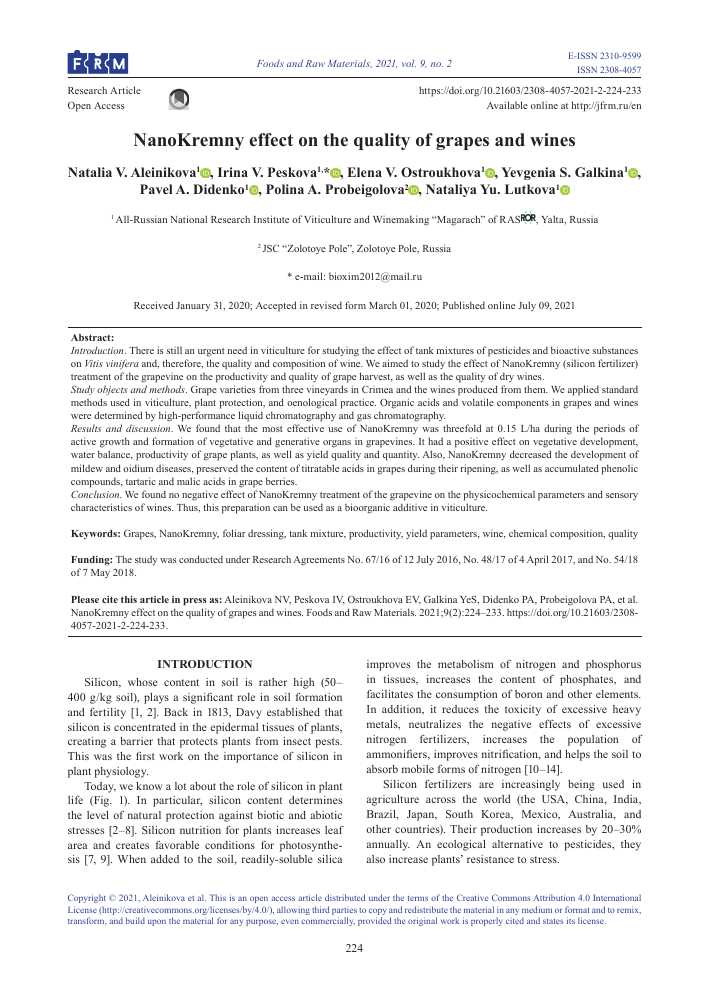
1. Choose the Right Grape Varieties
Select grape varieties that are known for their resistance to diseases, such as powdery mildew. This will help reduce the need for chemical treatments and make your grape protection efforts more effective.
2. Proper Pruning and Training Techniques
Implement proper pruning and training techniques to promote good air circulation and sunlight penetration throughout the grapevine canopy. This will help prevent the development of damp and shady conditions, which can encourage the growth of fungal diseases.
3. Monitor Weather Conditions
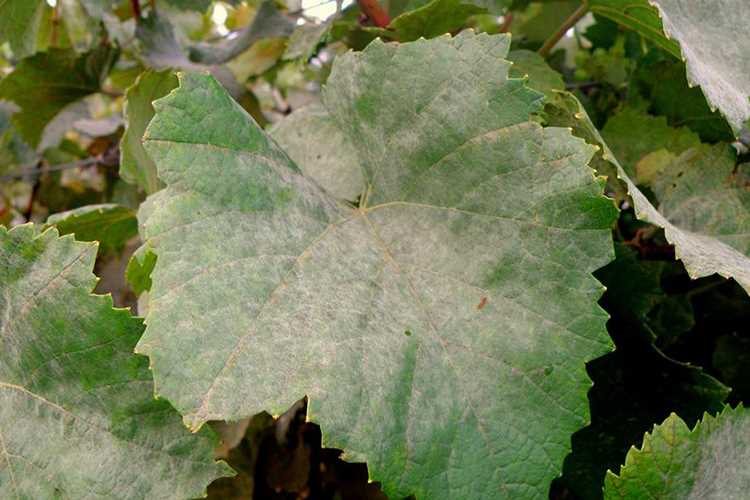
Pay close attention to weather conditions, especially humidity levels and rainfall. These factors can greatly influence the development and spread of grape diseases. Adjust your protection strategies accordingly, such as increasing or decreasing the frequency of treatments during periods of high disease pressure.
4. Apply Fungicides Preventatively
Use fungicides preventatively rather than waiting for the appearance of disease symptoms. This is especially important for protecting against grape diseases like powdery mildew, as once symptoms are visible, the damage has already been done. Follow the recommended application rates and timing for the specific fungicides you are using.
5. Use Disease-Resistant Rootstocks
If you are planting new grapevines, consider using disease-resistant rootstocks. These rootstocks are specifically bred to have natural resistance to certain grape diseases, providing an added layer of protection for your vines.
6. Practice Good Sanitation
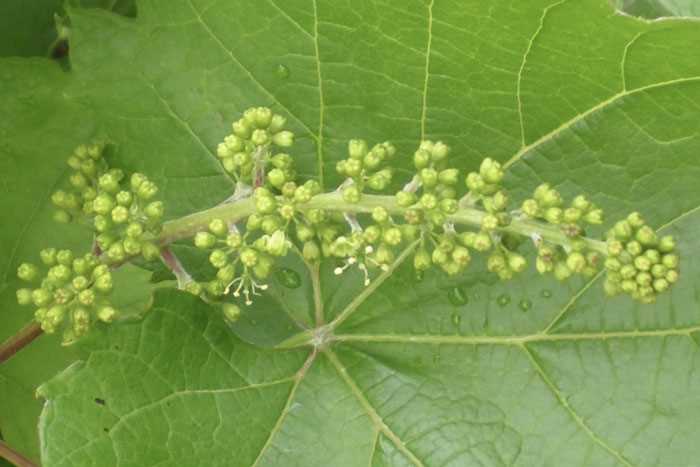
Maintain good sanitation practices in your vineyard, such as removing and disposing of pruned material and fallen leaves. These can serve as sources of infection for grape diseases and should be removed from the vineyard to reduce disease pressure.
7. Regularly Scout for Disease Symptoms
Regularly inspect your grapevines for any signs of disease symptoms, such as discolored leaves, powdery growth, or necrotic lesions. Early detection is key to effective grape protection, as it allows for quick intervention and treatment.
8. Keep Records
Keep detailed records of your grape protection activities, including the dates and types of treatments applied, weather conditions, and disease observations. This will help you track the effectiveness of your strategies and make informed decisions for future grape protection.
9. Seek Professional Advice
If you are unsure about the best strategies for grape protection, consult with a professional viticulturist or agricultural extension service. They can provide you with expert advice tailored to your specific vineyard conditions and help you develop a comprehensive protection plan.
Question-answer:
What is oidium and why is it a problem for grape growers?
Oidium, also known as powdery mildew, is a fungal disease that affects grapevines. It can cause significant damage to grape crops by reducing yield, affecting the quality of the grapes, and potentially leading to the spread of other diseases. Oidium thrives in warm, humid conditions, making it a common problem for grape growers in many regions around the world.
What are the common methods of protecting grapes against oidium?
Common methods of protecting grapes against oidium include the use of fungicides, cultural practices such as pruning and canopy management, and the use of resistant grape varieties. Fungicides are commonly used to control and prevent oidium, but they can have negative environmental impacts and may require multiple applications. Cultural practices can help reduce the risk of oidium infection by creating an environment that is less favorable for the fungus to thrive. Resistant grape varieties are also available and can be used as a preventive measure against oidium.
Why is it important to find an effective and urgent grape protection against oidium?
Finding an effective and urgent grape protection against oidium is important because the disease can cause significant economic losses for grape growers. Oidium can reduce the yield and quality of grapes, leading to lower profits for growers. Additionally, the use of multiple fungicide applications can be expensive and may have negative environmental effects. An effective and urgent grape protection method would help growers save money while also reducing the environmental impact of their operations.
What are the limitations of current grape protection methods?
The current grape protection methods have several limitations. Firstly, the use of fungicides can be costly and may require multiple applications throughout the growing season. This can increase the risk of developing fungicide resistance in the oidium fungus. Additionally, some fungicides have negative environmental impacts and can harm beneficial insects and other organisms. Lastly, cultural practices and resistant grape varieties may not always provide complete protection against oidium, especially in severe outbreaks or in regions with high disease pressure.
What is the one treatment for comprehensive results?
The one treatment for comprehensive results is a new approach to grape protection against oidium that combines several effective and environmentally friendly methods into a single treatment. This treatment involves the use of a specially formulated mixture of biofungicides, plant extracts, and nutrients that work together to control oidium and boost the natural defense mechanisms of grapevines. The treatment provides long-lasting protection against oidium and can be applied just once during the growing season, reducing the need for multiple fungicide applications.
What are the advantages of the one treatment for comprehensive results?
The one treatment for comprehensive results offers several advantages over traditional grape protection methods. Firstly, it reduces the need for multiple fungicide applications, saving growers both time and money. Secondly, the treatment is environmentally friendly, as it uses biofungicides and plant extracts instead of synthetic chemicals. This helps to minimize the negative impacts on beneficial insects and other organisms. Lastly, the treatment provides long-lasting protection against oidium, ensuring that grape growers can harvest high-quality crops and maximize their profits.
How can grape growers access the one treatment for comprehensive results?
Grape growers can access the one treatment for comprehensive results through authorized distributors or by contacting the manufacturer directly. The treatment is available in different formulations to suit different growing conditions and grape varieties. Growers can consult with agricultural experts or their local extension service to determine the best treatment plan for their specific needs. It is recommended to apply the treatment at the appropriate time in the grapevine’s growth cycle to maximize its effectiveness.







